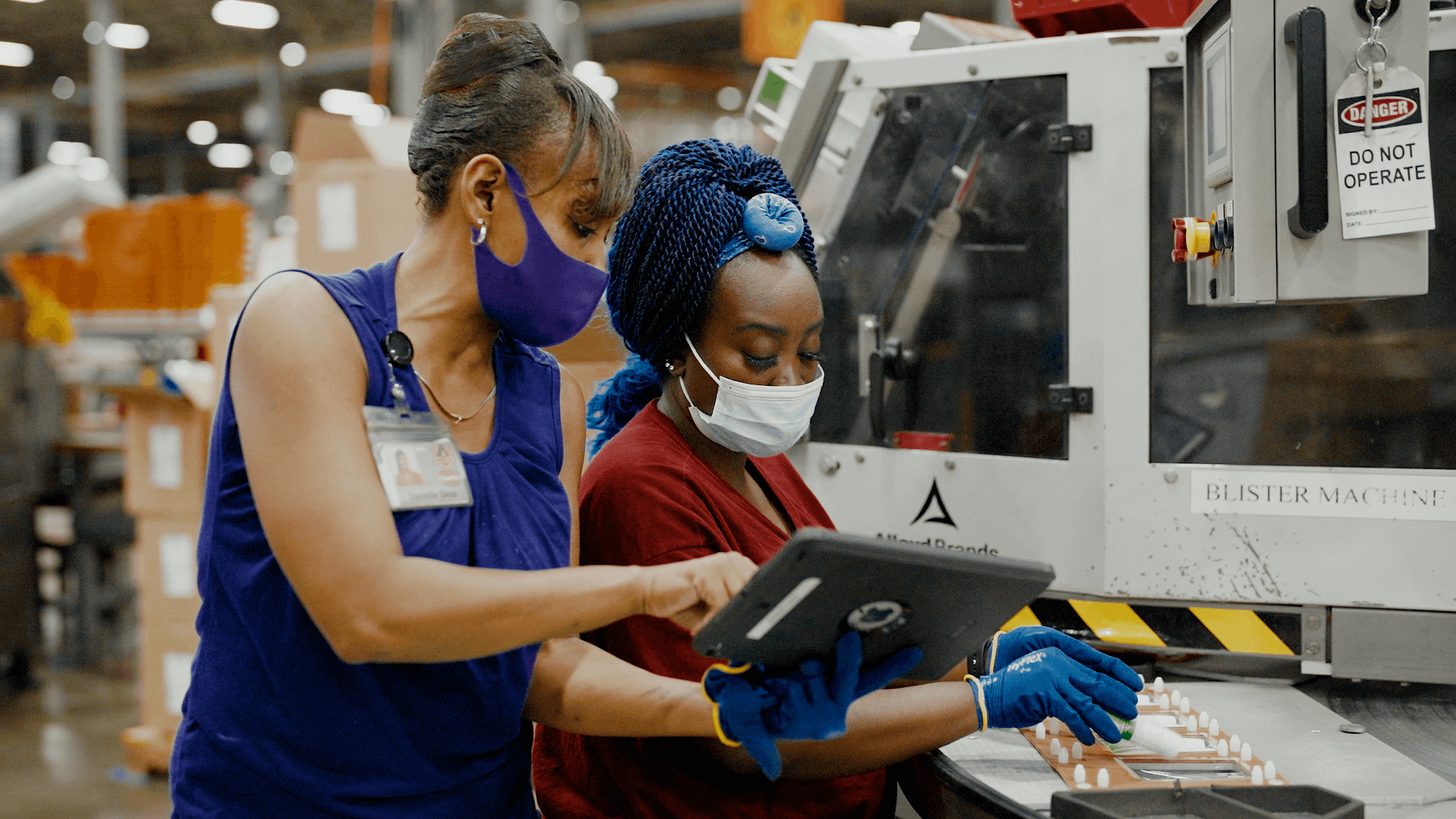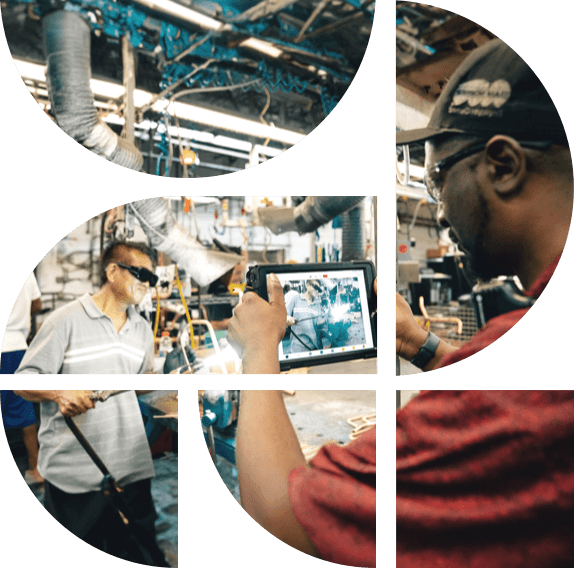Unlock the Secrets to Increased Productivity with Redzone's Newly Released Benchmark Report! Download Today
June 29, 2023

In manufacturing, large groups of very diverse people have to work cooperatively to create as much output as possible while still adhering to appropriate quality standards. Because of this, a manufacturing culture that promotes cooperation and self-actualization is crucial for an organization’s success.
But how do you go about doing so? Unfortunately, many managers’ first instinct is to beat the drum in an ultimately vain attempt to force their workers into greater productivity. This mentality and attendant lack of concern for employee welfare are leading to a situation where a projected 2.4 million manufacturing jobs will go unfilled between now and 2028. This isn’t the first time we’ve written about the current situation.
Once you realize the problem exists, the question becomes obvious. How do you increase efficiency in a way that actually works while encouraging worker retention at the same time? The answer is both simple and complex: foster a positive and productive company culture. While the concept is easy enough to understand, many choose to either ignore it or don’t know how to facilitate its effective implementation. This is a shame since positive company culture has been conclusively linked to increased productivity and customer satisfaction, reduced turnover and higher levels of innovation.
Below we’ll discuss the current state of manufacturing culture and how it can be improved by emphasizing frontline worker engagement and happiness, including actionable steps you can take to immediately enact positive change.
We all know the manufacturing industry is at a crossroads. With an aging workforce retiring at an alarming rate, many manufacturers are naturally attempting to recruit from younger generations. However, most run into difficulty doing so, and the culprit is clear: old-fashioned manufacturing culture clashing with newer value systems. This surfaces in a variety of ways:
Without solving these issues, aligning generational and cultural expectations between management and frontline workers will continue to be problematic.
A positive and productive manufacturing culture has always been a key driver of success. But what that culture needs to look like has changed drastically over the years as younger generations continue to enter the workforce. In order to create a profitable business, you need a motivated and invested workforce, and to get a motivated and invested workforce, you need a positive and productive manufacturing culture. Once this culture has been put in place, certain benefits become readily apparent:
A positive and productive manufacturing culture can truly transform how a business operates.
Now that we’ve discussed the importance of a strong manufacturing culture, the question becomes, how do you implement one in your organization? While there are a variety of ways you can get started, we recommend beginning in these crucial areas:
By following these five suggestions, you’ll be well on your way to creating the manufacturing culture you desire. But these five alone aren’t enough. There’s a sixth factor that overlays and helps facilitate the others: technology.
With 93% of millennials listing up-to-date technology as an important factor when choosing their next position, technological relevancy can no longer be ignored or put off. Technology, when done right and properly implemented, can help create a more unified and positive company culture by facilitating many beneficial processes:
It’s almost impossible to downplay the importance of a positive and productive manufacturing culture. Factories are failing to hire new employees at a replacement rate for retiring baby boomers. Even when they do manage to fill schedules, mismatches in culture and expectations between management and frontline workers can result in tense, less-than-productive environments. That’s why it’s so important to take these recommendations to heart.
While there are many steps to take in order to fully transform a bad workplace culture into a good one, the secret sauce, at least today, is technology. QAD Redzone, with its agile software solution and experienced coaching force, opens new ways for manufacturers to create a positive and productive manufacturing culture.
Twice the Frontline Engagement: Priceless A spring in the step, a smil...

Contact us and let's begin empowering your frontline and growing your bottomline.
